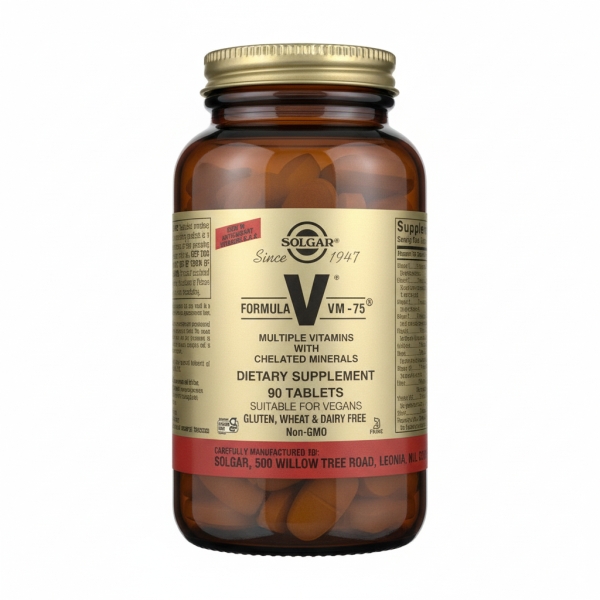“Chelated minerals bioavailability”: how good is it here?
It’s mixed. VM-75 includes high-quality chelates (e.g., bisglycinates), but also uses oxides for magnesium and zinc.
Clinical reviews suggest zinc glycinate can be absorbed better than several other salts (and one human trial found zinc bisglycinate > gluconate), while data for zinc oxide is inconsistent and often less favorable.
Magnesium glycinate shows improved absorption in some studies versus certain inorganic forms.
Net effect: average bioavailability is diluted by the oxides compared with an all-chelate formula.
Bottom line — is Solgar VM-75 worth the money?🌟📣🧴
If you want a high-potency “generalist” multi at a moderate price and can accept D2, cyanocobalamin, and oxide blends for Mg/Zn,
VM-75 is reasonable.
If you prioritize maximum bioavailability (D3, methyl-B12, 5-MTHF, fully chelated minerals), you’ll find cleaner form choices in higher-priced competitors.
Similar Multivitamins
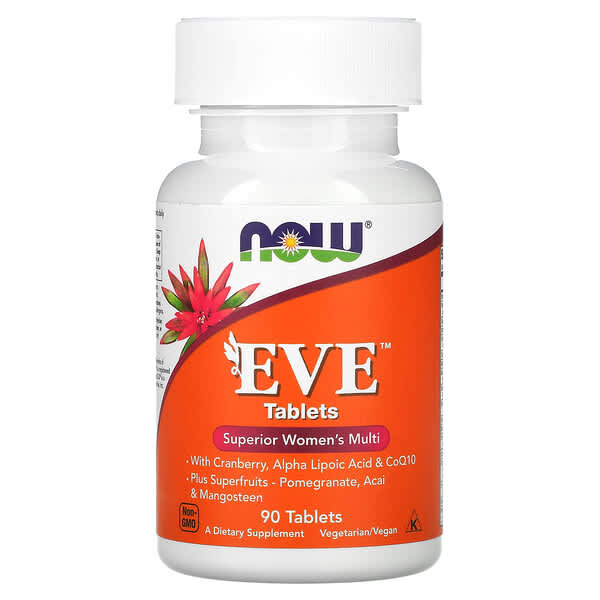
NOW Foods, Eve, Superior Women's Multi, 90 Tablets
Bioavailability Index4.10
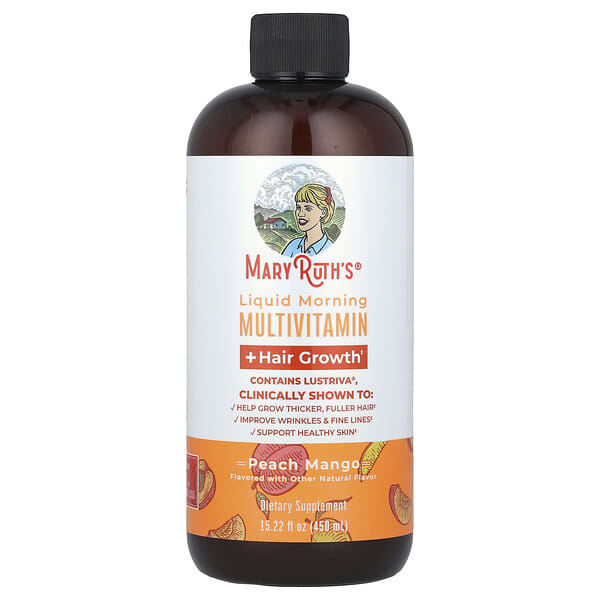
MaryRuth's, Liquid Morning Multivitamin + Hair Growth, Peach Mango, 15.22 fl oz (450 ml)
Bioavailability Index4.11
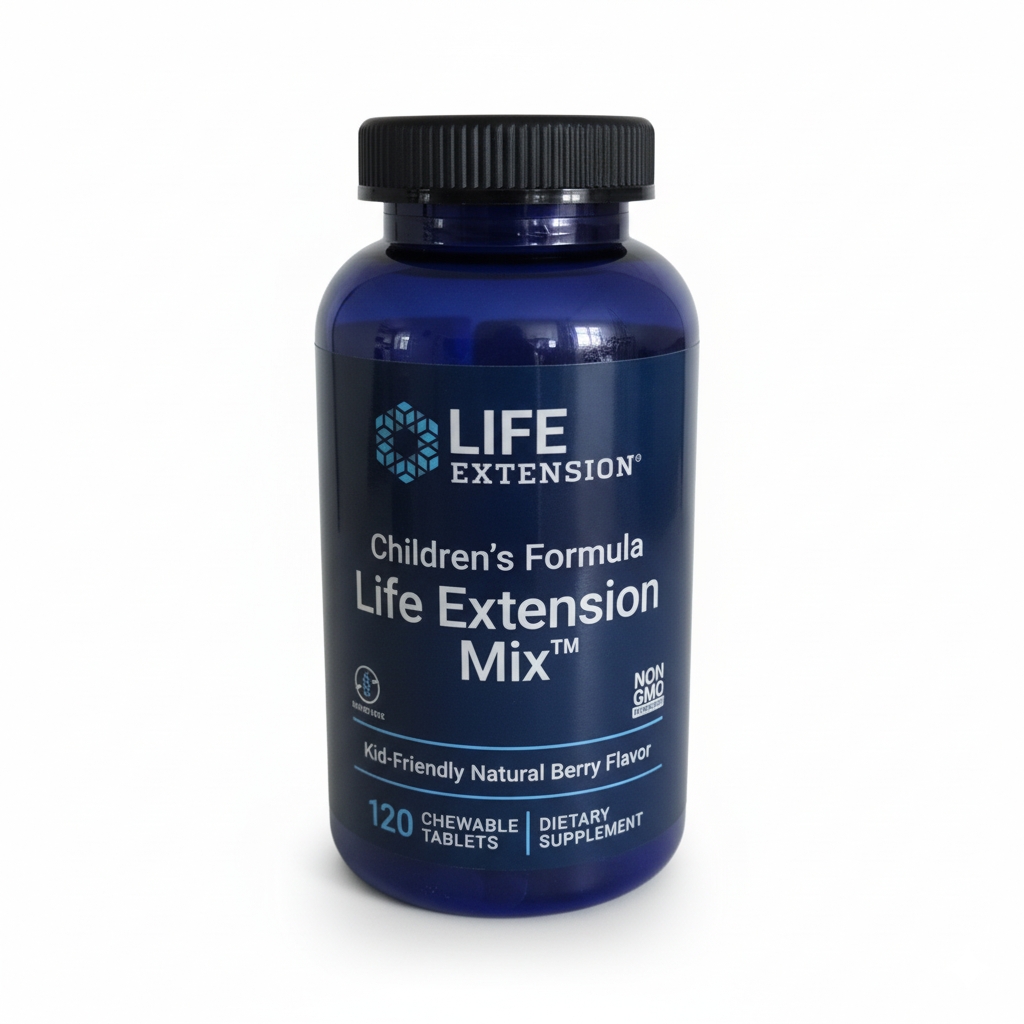
Life Extension, Children's Formula, Life Extension Mix, Natural Berry, 120 Chewable Tablets
Bioavailability Index4.12
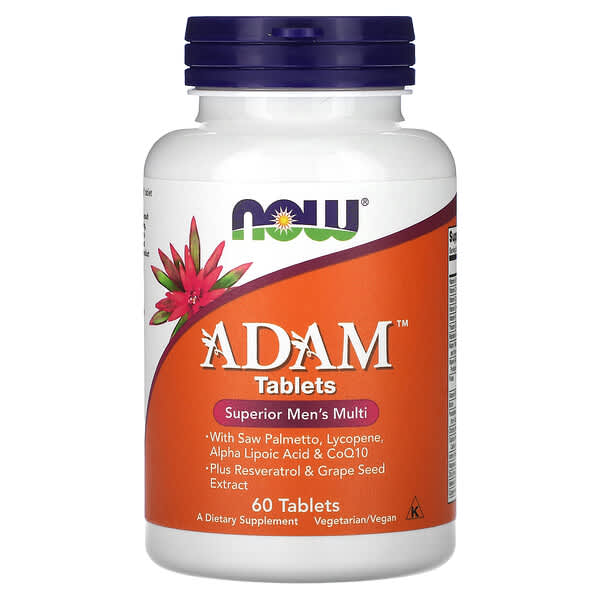
NOW Foods, ADAM, Superior Men's Multi, 60 Tablets
Bioavailability Index4.13
Unique FAQs
Why does Solgar VM-75 use cyanocobalamin instead of methylcobalamin?
VM-75 uses cyanocobalamin. It’s the common, stable form and is converted in the body to the active coenzyme forms.
Current evidence has not shown a clear advantage of methylcobalamin over cyanocobalamin for the general population.
Does Solgar VM-75 use folic acid or methylfolate?
It uses folic acid (listed as 400 mcg, 666 mcg DFE). Folic acid is the stable, synthetic form that requires conversion;
unmetabolized folic acid can appear when intake exceeds reduction capacity.
For pregnancy, CDC/NIH still base prevention guidance on folic acid (not 5-MTHF).
Is VM-75 vegan and free of common allergens?
The product page lists Vegan, Gluten-Free, Dairy-Free, Kosher.
Inactives include: cellulose, magnesium stearate, titanium dioxide (color), silica, glycerin, stearic acid, maltodextrin.
If you avoid colorants, note titanium dioxide on the label.
Are the “Herbal Base”, rutin, and citrus bioflavonoids effective at these doses?
Unlikely. VM-75 lists rutin 37.5 mg, hesperidin ~8.5 mg, and an herbal blend 4 mg—doses far below what human trials typically use (e.g., rutin ≈ 500 mg/day, hesperidin ≥ 300–1,000 mg/day depending on endpoint). These micro-doses function more like label decoration than actives.
Sources
- Official Solgar label lists D2 (ergocalciferol), cyanocobalamin B12, and the oxide + chelate mixes for Mg/Zn; also the 4 mg powdered plant blend and high-dose B-complex (e.g., 75 mg B-vitamins)
- Bioavailability and efficiency of rutin as an antioxidant: a human supplementation study
- The effects of hesperidin supplementation on cardiovascular risk factors in adults: a systematic review and dose–response meta-analysis
- Comparative Absorption and Bioavailability of Various Chemical Forms of Zinc in Humans: A Narrative Review
- Vitamin B12: Fact Sheet for Consumers
- Folic Acid: Sources and Recommended Intake
Disclaimer
The information provided on this website is for informational purposes only and is not intended as medical advice, diagnosis, or treatment. Always consult with a healthcare professional for any health-related questions or concerns.
